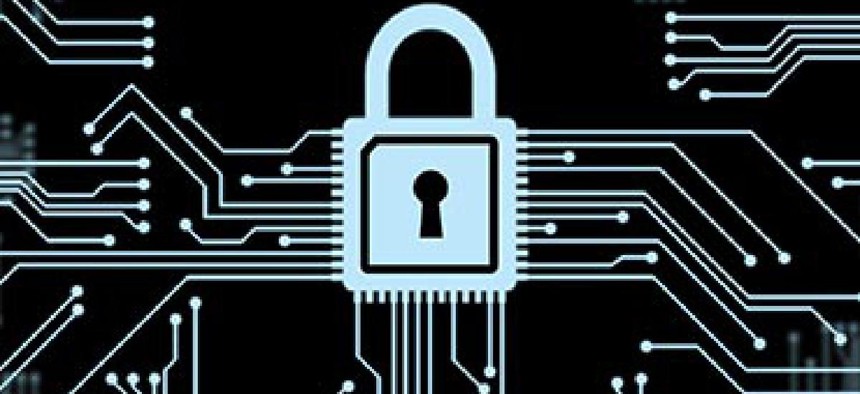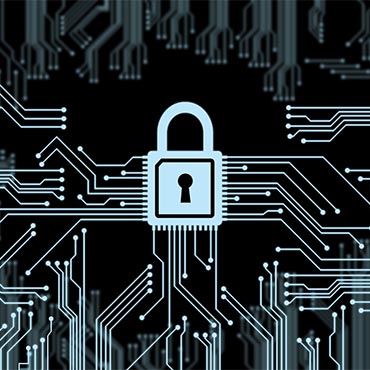Before CyberVor: A dozen key federal breaches

As 1.2 billion internet logins are compromised, FCW revisits the most notable agency cyber-breaches of the last four years.

It's not yet known whether the reportedly massive CyberVor theft of internet users’ login credentials involved federal websites to any significant degree, but agencies have certainly seen their share of attacks. Here are some of the most notable incidents of recent years:
2014: Bungled upgrades and Chinese hackers
In January of this year, a bungled software update to the Department of Veterans Affairs' eBenefits system exposed the data of at least 5,300 veterans. The incident was brought to the VA's attention after numerous veterans called the help desk to report seeing another veteran’s information upon logging into the system. About 10,000 veterans logged into the eBenefits and were exposed to the data during this incident; the VA resolved the problem by the following day. (Source: FCW)
The Office of Personnel Management’s network was infiltrated in March by Chinese hackers seeking data on tens of thousands of employees who had applied for top-secret security clearance. It is still unknown whether the international hackers had any affiliation with the Chinese government, but the individuals in question gained access to OPM's databases before being detected and were then shut out from the network. OPM and DHS assigned personnel "to assess and mitigate any risks identified." (Source: New York Times)
The networks of several smaller agencies -- including those of the Government Printing Office and the Government Accountability Office -- also experienced a sophisticated cyberattack in March at the hands of foreign hackers who may have been working on behalf of the Chinese government. Neither GPO nor GAO are known for storing classified data, and both agencies have made it known that no personally identifiable information was accessed. (Source: New York Times)
2013: Anonymous, Snowden and DOE personnel data
The U.S. Federal Reserve's internal website was breached in February 2013 by the hacker group Anonymous, which publically published data "containing the login information, credentials, internet protocol addresses and contact information of more than 4,000 U.S. bankers." Despite the extent to which Anonymous accessed their network, the Federal Reserve assured the public that no critical functions were affected in the attack. (Source: Reuters)
In early June 2013, Edward Snowden -- formerly a technical assistant for the CIA and employee of the defense contractor Booz Allen Hamilton working with the NSA -- leaked classified documents from the National Security Agency to the journalists of The Guardian and the Washington Post. Snowden exposed countless pieces of classified information to the public -- including details on NSA monitoring programs like PRISM and Boundless Informant. (Source: The Guardian)
The Department of Energy experienced a data breach in July 2013 that compromised the personally identifiable information of 104,179 past and current federal employees. According to a memo released by the agency, "64,480 [were] personnel within our direct DOE Federal and M&O Contractor Community, including spouses, dependents, and former employees." The names, Social Security numbers, and dates of birth for those affected were compromised in this incident; additionally, the bank account information of 2,800 employees was among the files accessed. (Source: Dark Reading)
2012: NASA’s lost laptops, EPA’s bad attachment and SQL injection at DHS
According to a report issued by NASA, a bag containing a government-issued laptop, NASA access badge, and remote access token for NASA’s network was stolen in March 2012, resulting in the loss of 2,400 files containing PII and two files containing “sensitive information related to a NASA program.” The incident repeated itself in October, when a password-protected laptop containing the unencrypted files, emails, and personally identifiable information of 10,000 current and former NASA employees was stolen from the vehicle of a NASA employee. Together, the incidents resulted in NASA spending $900,000 on credit monitoring services for affected individuals. (Source: Dark Reading)
An Environmental Protection Agency contractor allegedly opened a virus-tainted email attachment in March 2012, allowing an external source to access the EPA's servers and compromise 8,000 users' Social Security numbers, bank account information and home addresses. The EPA then waited six months to notify those individuals whose information was compromised in the incident. (Source: FCW)
In June 2012, the Navy’s Smart Web Move and the Department of Homeland Security's Transportation Worker Identification Credential websites were hacked by a group called Digital Corruption. The hackers used blind SQL injection to gain access to the agency databases; the information compromised in the attack included usernames, passwords, email IDs, as well as the security questions and answers for all users of the two sites. (Source: Dark Reading)
2011: Targeting the Pentagon, the Senate and the National Laboratories
In March 2011, an unspecified foreign intelligence service directed a cyberattack toward a U.S. defense contractor, resulting in the theft of 24,000 files from the Pentagon. Though little was publicly released concerning this incident, it is speculated that the stolen files contained classified information. According to then-Deputy Defense Secretary William Lynn III, incidents like this one have resulted in the loss of files concerning "our most sensitive systems, including avionics, surveillance technologies, satellite communications systems and network security protocols." (Source: Washington Post)
In response to a Defense Department report claiming that the United States would consider cyberattacks an "act of war upon the U.S. government," a black-hat hacker organization named Lulz Security breached the servers of Senate.gov and released internal information from the Senate’s computer network in June 2011. None of the information released by LulzSec -- including the emails and passwords of users as well as portions of the website's root directory -- was considered confidential, but the group showed it could access the Senate’s computer network with relative ease and without funding or affiliation. (Source: Forbes)
In July 2011, several sophisticated cyberattacks targeted two of the Department of Energy's national laboratories and one of its private-sector operators. No classified information was thought to be compromised in the incident, but officials at the labs were forced to "shut down computer network services for several days" while they investigated the incidents. (Source: Seattle Times)
NEXT STORY: CIA Didn’t Really Hack Senate Computers


